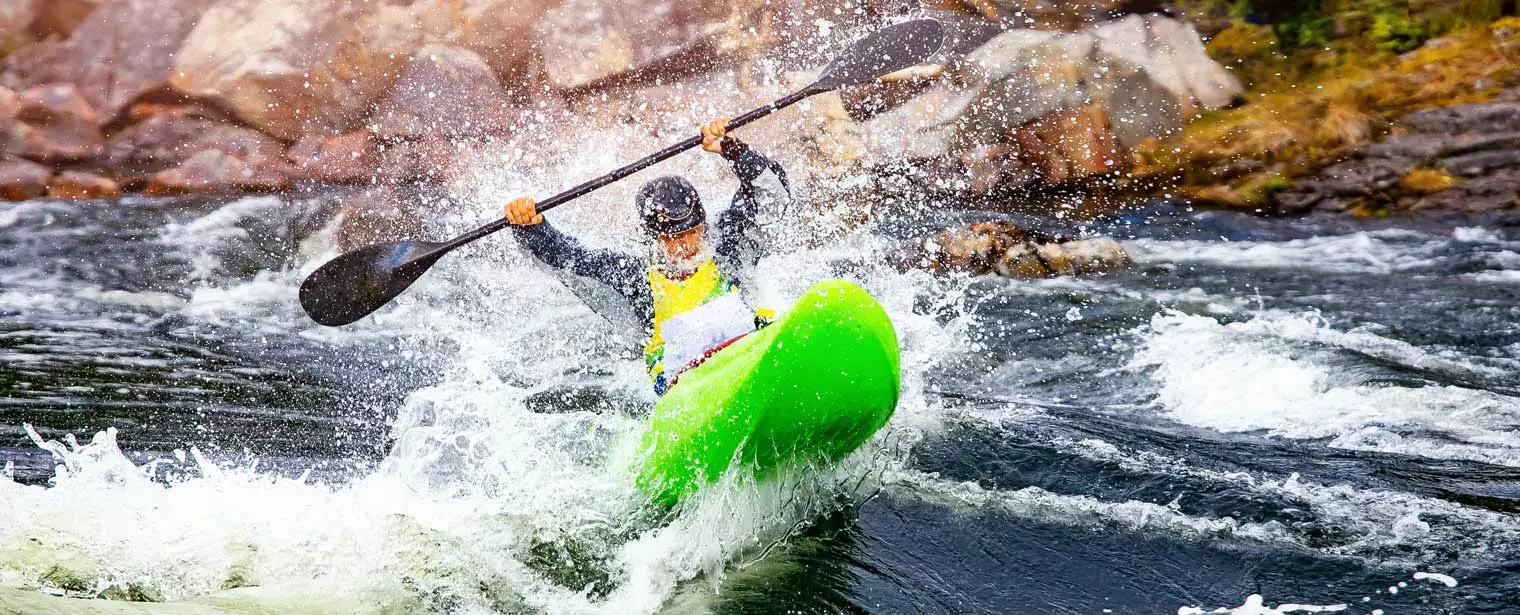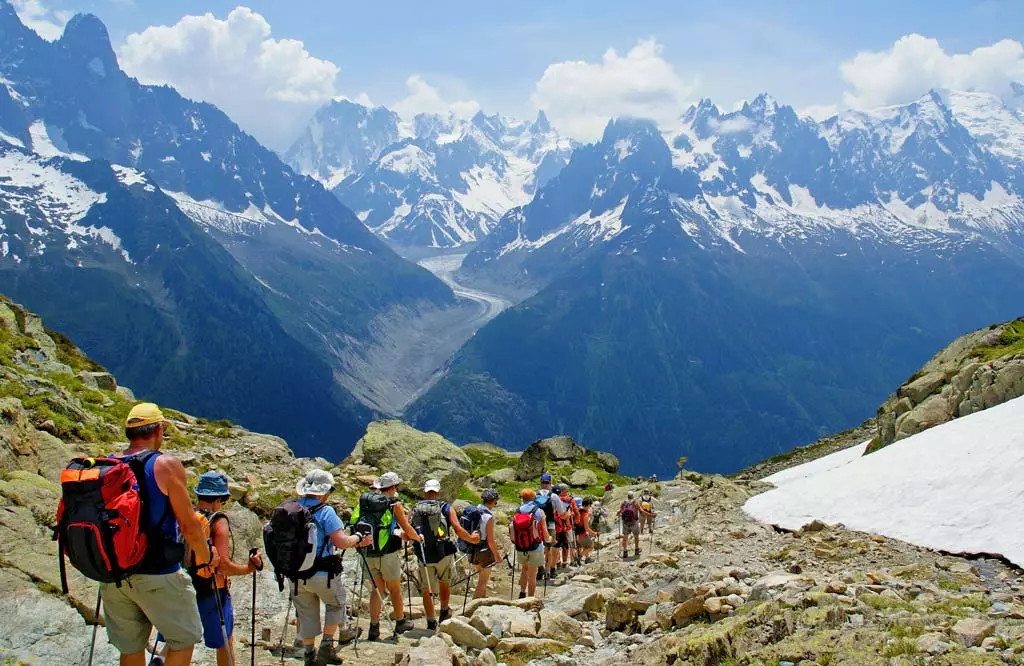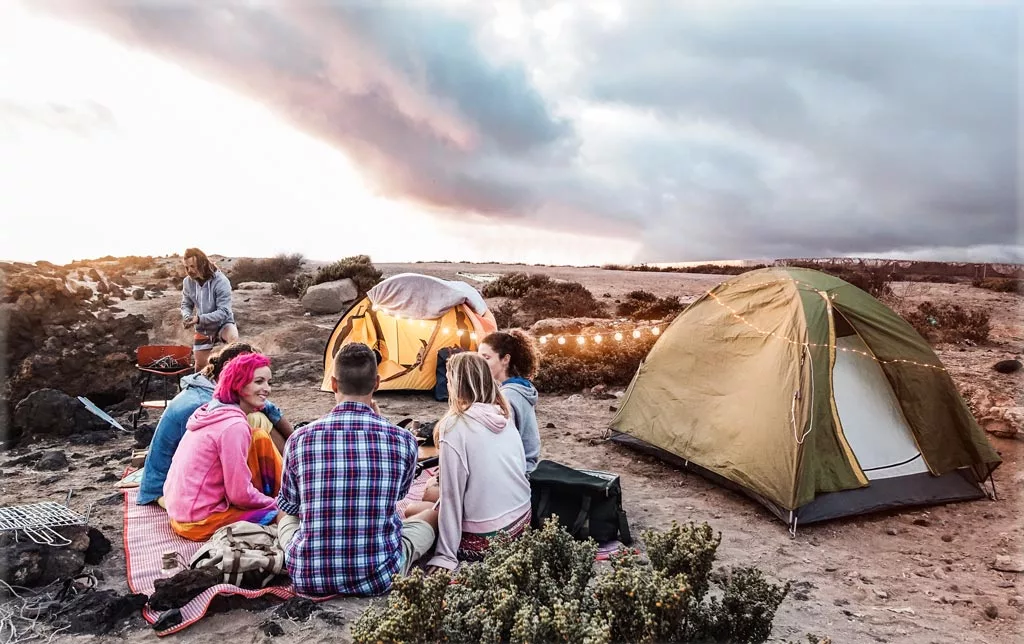What is adventure therapy?
Table of Contents
Adventure therapy is a type of psychotherapy that uses outdoor activities to help clients work through emotional, behavioral, or mental health issues. This form of therapy aims to provide a safe and supportive, yet exciting and effective, environment where clients can make positive changes in their lives.
Adventure therapy is often used to treat people with many psychological problems, including depression, anxiety, eating disorders, post-traumatic stress disorder (PTSD), substance abuse, and sexual abuse.
The idea behind adventure therapy is that nature provides us with a sense of calm and well-being. This feeling can be used for therapeutic purposes by helping people who might otherwise feel anxious about their situation. For example, someone depressed might find it easier to relax in natural surroundings than in an urban environment.
Free Mental Health Assessment
How does adventure therapy work?
At its core, adventure therapy uses physically engaging and demanding activities to facilitate the healing and recovery process. This can be done through various methods, including increasing self-awareness, learning new skills, building confidence and trust in a group setting, addressing emotional issues, or just learning to relax and have fun.
Adventure therapy can also be used as a supplement to traditional psychiatric care. People who suffer from depression or anxiety often find their symptoms are exacerbated when they’re bored or understimulated — so recreational activities like hiking, rock climbing, and canoeing can help break up the monotony of daily life and give them something exciting to do instead.
Are there benefits to adventure therapy?
Adventure Therapy is considered an experiential method of therapy designed to help people learn new skills and discover their own strengths to experience personal growth and change. Truthfully, many benefits come with undergoing adventure therapy.
When done under the guidance of an experienced professional therapist, adventure therapy can help improve relationships with family members and friends by increasing communication skills. The therapist works to help patients communicate more effectively by having them express themselves verbally and nonverbally during the process of outdoor activities. This allows patients to share their feelings more clearly and appropriately, improving relationships with others and making them feel better about themselves.
The therapist helps the patient develop self-confidence by challenging them to push their limits and overcome their fears. This teaches them to face their fears as they work through their issues in a safe environment. It also helps develop the confidence and self-esteem of patients as they realize just how much more capable they are than they thought. This can then translate into the patient feeling more comfortable in social situations.
Being outside in nature reduces stress levels by lowering blood pressure and heart rate while increasing oxygen intake. This allows patients to focus on their thoughts more clearly than if they were indoors in an urban setting.
Aside from this, the general nature of overcoming obstacles and being guided through that process empowers the patient with tools they can employ to help them deal with stress more effectively.
Wilderness therapy vs. Adventure therapy
Wilderness therapy is not a new concept. From the Native American tradition of sending children who were having behavioral problems to live with elders in the wilderness, to the European tradition of sending children to orphanages where they were expected to work and fend for themselves, to the modern-day wilderness therapy programs that are based on these historical traditions; wilderness therapy has been around for a very long time.
Adventure therapy is also not a new concept. Adventure therapy programs have been around since the 1960s when the army began using them to help veterans cope with PTSD.
Both wilderness therapy and adventure therapy utilize nature as an integral part of their programs, making them seem very similar at first glance. However, some fundamental differences between them exist and should be considered before choosing one over the other.
Wilderness therapy can occur in many different locations, but the most common one is camping in the wild, usually located in remote areas with few modern amenities. Patients are taken away from their usual environments and forced to live off the land to improve their mental health.
Adventure therapy differs from wilderness therapy mainly because it doesn’t involve being away from civilization for long periods. Adventure therapy is a subset of experiential therapy — one of many different types of therapy that use real-world experiences as part of treatment — and has been shown to be effective for treating a wide range of mental health conditions.
In essence, the significant difference between the two experiences lies somewhere in the extremity of the overall program. With a wilderness therapy program, one truly is, for the most part, cut off from the modern world for the duration of the program. On the other hand, adventure therapy immerses you in individual experiences while still, at the end of the day, not being remotely removed from access to modern amenities and comforts. This difference is a significant one and is not to be underestimated.
Holistic Recovery Treatment Hotline
Is trauma addressed in adventure therapy?
“Trauma lives in the body.” This is a common saying that you’ve probably heard from various sources several times by now. This statement really means that trauma can have a long-lasting physiological effect on human bodies.
Persons who have experienced abuse and deeply rooted trauma often have trouble coping or regulating their nervous systems in situations either directly or tangentially related to the specific things that inflicted the trauma upon them. This can result in shutting down, becoming catatonic, and going mute, among other symptoms. Because adventure therapy focuses on the body, getting it into motion and connecting that to a person’s understanding of their own capabilities, it can help with the physical response to trauma triggers.
One of the core principles of adventure therapy is using a trauma-informed approach. This means that all staff members and volunteers are trained in identifying signs of trauma and how to work with persons who have experienced trauma.
In addition, all staff members must receive ongoing training about recognizing and responding appropriately when a patient discloses abuse or neglect. The goal is to help traumatized people feel safe enough to share their experiences without judgment or blame from others in their environment.
Adventure therapy seeks to address trauma differently from traditional psychotherapy. The focus is on the action, not the talk. Adventure therapy helps people process their emotions by putting them in the middle of a situation where they have to use their problem-solving skills and learn how to work together.
In adventure therapy, participants are given a shared experience that they can build on together. They may find comfort in knowing they are not alone and also be able to give each other advice and support as they go through the healing process together. This shared experience can also help reduce anxiety and stress levels in individuals.
Developing a bond and trust with someone else who is going through the same thing can help people feel less alone when dealing with these issues.
Do all rehabs offer adventure therapy?
Not all rehabs offer adventure therapy programs because not all rehab facilities have access to these types of activities or because they don’t want to invest in them. Location can be critical to effective adventure therapy programs.
A facility located in the center of urban sprawl is probably not going to be a good fit for trying to conduct adventure therapy. However, many offer some alternative treatment programs because research shows that a combination approach to addiction treatment works best.
Adventure therapy is usually limited to certain regions and locales that present the type of lifestyle that’s most conducive to this sort of therapy. So, for example, you’re more likely to find these centers located in areas that are near to locations that test the mental and physical limits of the human body.
While it might seem easy to simulate this kind of therapy, it really isn’t. The environment must be naturally harsh to bring out the best in recovering individuals.
Exploring the desert in adventure therapy
Adventure therapy is not just about getting outside and having fun; it’s about finding solutions to problems uniquely. The desert offers its own challenges to help individuals develop the internal fortitude to overcome their personal struggles. The desert environment can be overwhelming, especially if you’re not used to it. Your group must have an experienced guide who knows how to safely and efficiently navigate this unique ecosystem.
The desert can be scorching during the day yet cold at night due to the high elevation, making for uncomfortable sleeping conditions. Your group will need appropriate clothing to stay warm while hiking in the daytime and cool at night without adding extra weight or bulkiness that would hinder their movement during the hike. Hiking on dunes requires different footwear than hiking through trails on rocks or pavement because sand tends to stick between your toes, making it difficult to walk without slipping – especially when carrying heavy packs with gear inside them!
Once you start exploring the desert, you will notice how quiet it is compared to other environments. The lack of plants and animals creates an environment where sounds travel farther than usual. This makes the desert seem even more significant than it really is!
It’s important to note that even though exploring the desert can be fun and exciting, it does come with risks. It’s essential to stay hydrated by drinking lots of water throughout any activity or excursion into the desert so make sure you bring plenty along!
Immediate Placement for Mental Health Treatment
Jumpstart your recovery at a holistic rehab
A holistic rehab program offers more than just traditional recovery treatments like detoxification and relapse prevention classes. Holistic rehab programs are designed to help you recover from substance abuse, focusing on physical, mental, and spiritual health.
At a holistic rehab center like Emerald Isle Health & Recovery, you’ll receive treatment for all aspects of addiction. The most effective way to get sober is by using a combination of evidence-based treatment with holistic habits and approaches that address the full range of your needs. This means treating your physical, psychological, and social well-being at the same time.
Holistic treatment approaches focus on helping people change their behavior by changing their thought patterns and emotions and altering their environment. At a holistic rehab facility, you’ll be able to take part in various types of therapies, including:
- Medical detox: This phase helps you safely withdraw from drugs or alcohol while managing any symptoms during detoxification. It may include medications to relieve withdrawal symptoms like nausea and pain.
- Inpatient rehabilitation: In this phase, you’ll live at the rehab center for an extended period and receive daily treatment from doctors and counselors. While at an inpatient rehab center, you’ll learn coping skills for handling stress and cravings without using alcohol or drugs.
- Holistic therapeutic activities: Including skill-building and habit development such as yoga, meditation, or art therapy. These are used to help patients deal with their addiction issues while maintaining sobriety.
Emerald Isle Recovery is a holistic recovery center that can guide you through adventure therapy. Our skilled staff is trained in dealing with recovering individuals and helping them retake control of their lives. Contact us today to learn about the options we have available for adventure therapy. Let’s help you help yourself.


